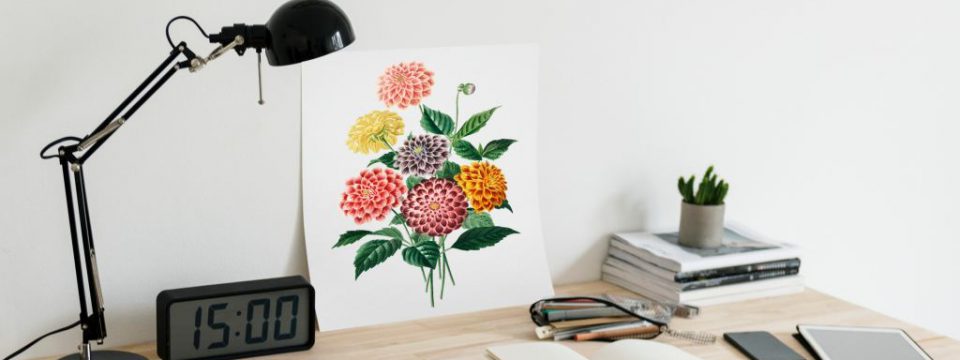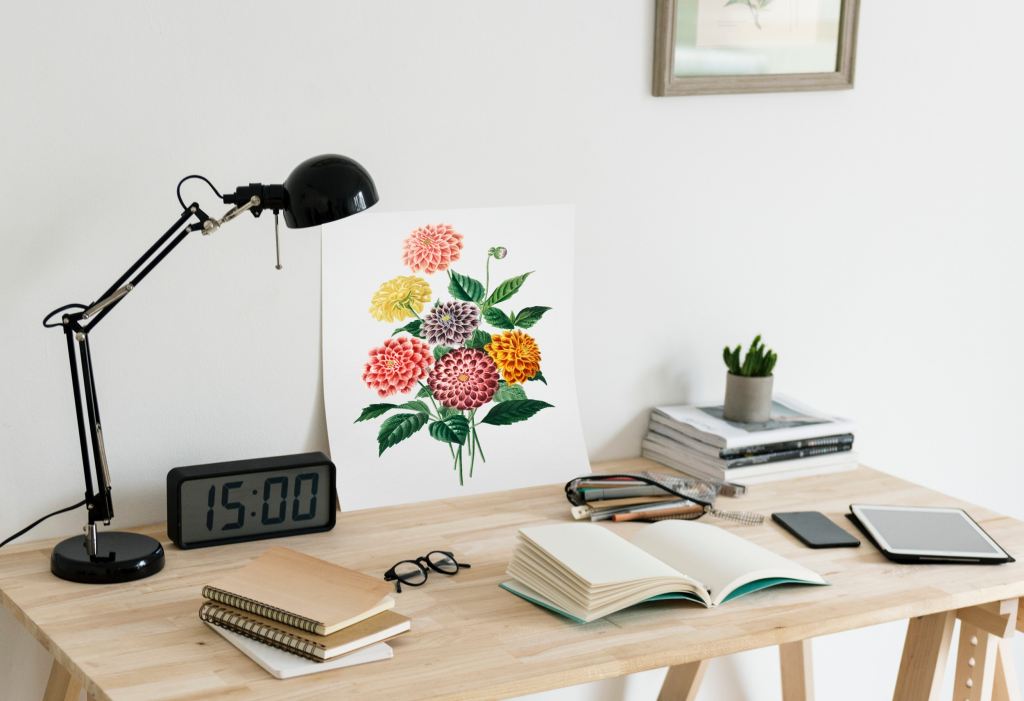We’ve long heard about the advantages of working remotely. It enables companies to find the talent they need and want without being dependent on people moving to a “home” location. It also allows people the flexibility to find work-life balance in a way that going to an office may not offer. And some people are just plain productive at home office versus surrounded by office mates, where there’s always the risk of chatter or other distractions.
And then came the year 2020. That was the year, with the onset of the covid-19 pandemic, in which working at home for those that could do so turned out to be not only desirable, but necessary. Suddenly people were forced to make offices out of homes that didn’t have room for them, and also out of homes that were providing space for other activities such as school for students whose physical classrooms switched to a virtual modality.
It’s a heavy strain to make on a home, and people, to live and work in the same space. And it can also be difficult to carve out not only space but the quiet that’s needed in order to have meetings or accomplish deadlines. Luckily there are some steps that working-from-home individuals can take, even now, to make that home-life and work-life mesh more productivity. The key step is design a home office which is pleasant as well as productive.
For starters, a home office desk should, if possible, not be the same surface as something else – for example, a dining room table or kitchen island. No matter if it’s the smallest table possible, a separate desk does wonders for people trying to make sure they can be productive during work time. A separate desk also allows people to eliminate distractions and to focus on work tasks versus tasks such as paying bills.
Another thing that can cause real distractions for working-at-home time is not having the right tools to ensure comfort throughout the whole working day. That means finding and investing in a good chair that offers proper back and hip support. If a laptop keyboard is less-than-ideal, it’s a good move to use an ergonomic version instead.
And if you can combine your work surface with a surface that’s able to change height so you can stand for at least part of the day, that’s even better. What else can you do to invest in a home office that works and works for you, too?
Salman Zafar is an acclaimed blogger, editor, publisher and digital marketer. He is the founder of Blogging Hub, a digital publishing portal with wide following across the world.


1 thought on “How to Design a Productive Home Office”